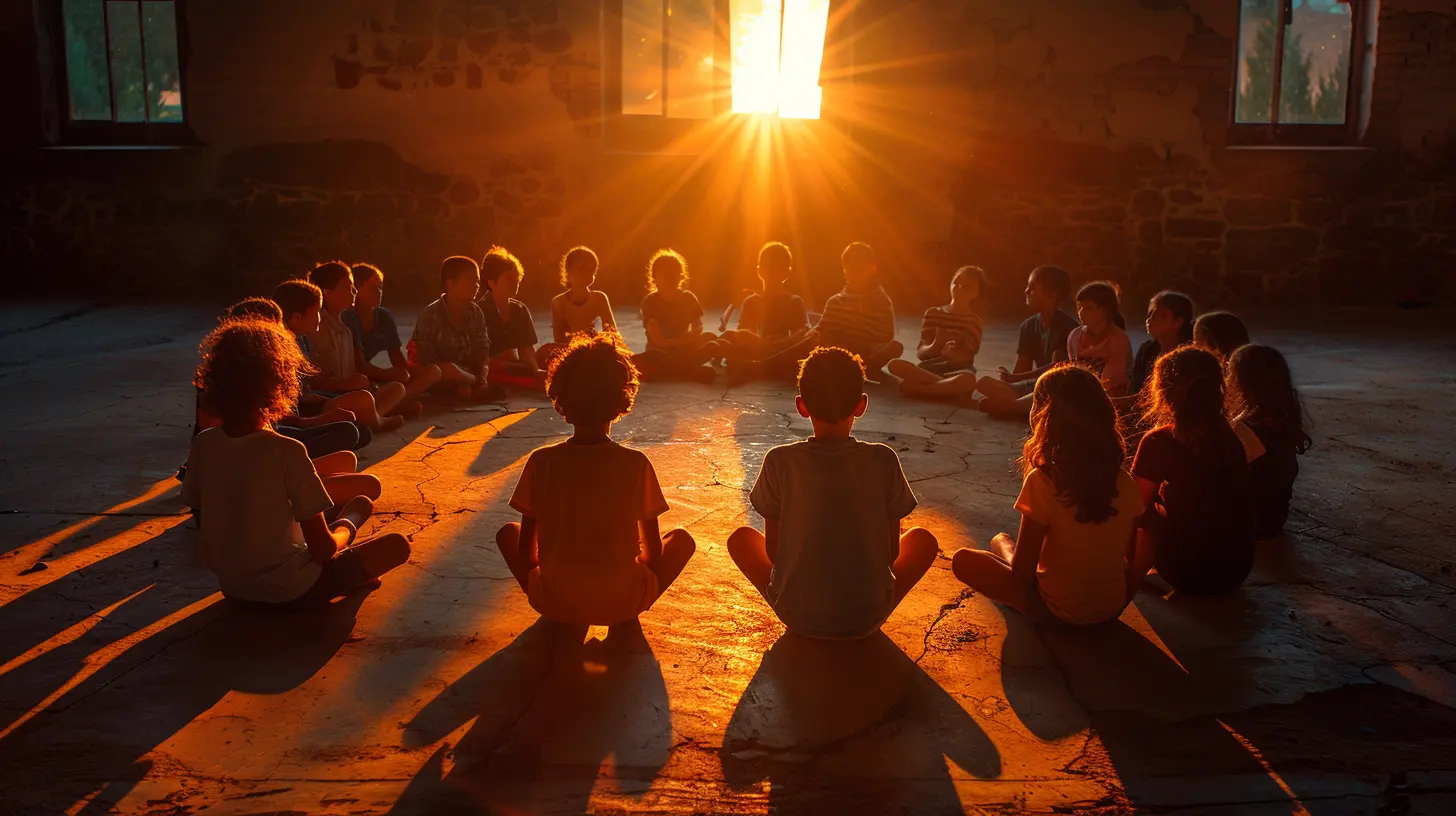The Power of Peer Mentorship in Teacher Development
5 September 2025
Teaching is often seen as a solitary profession—a teacher in front of a classroom, shaping young minds. But in reality, great teaching thrives on collaboration. One of the most powerful, yet often overlooked, tools for teacher growth is peer mentorship. It’s not just about helping new teachers survive their first year; it’s about continuous improvement, shared wisdom, and mutual support.
So, what exactly makes peer mentorship so powerful in teacher development? Let’s dive in. 
Why Peer Mentorship Matters in Teaching
Most educators will agree—teaching is not easy. From lesson planning to classroom management, teachers face countless challenges every day. While formal training and professional development sessions have their place, they often fall short in addressing the daily, real-life struggles teachers go through.This is where peer mentorship shines. Instead of waiting for an annual training workshop, teachers can turn to their colleagues for advice, feedback, and emotional support. It’s like having a built-in support system that ensures no teacher feels alone in their journey.
Think about it—who understands the struggles of a teacher better than another teacher? 
The Benefits of Peer Mentorship
1. Real-Life, Practical Advice
Formal training often involves theoretical concepts, many of which may not apply to the realities of the classroom. Peer mentors, on the other hand, offer advice that is:- Based on experience—they’ve been in the same shoes.
- Directly applicable—solutions that actually work in classrooms.
- Flexible & adaptable—teachers can tweak strategies to fit their unique situations.
Instead of searching for answers in textbooks, teachers get tried-and-tested solutions from colleagues who’ve faced the same hurdles.
2. Emotional Support & Confidence Boost
Teaching can feel overwhelming, especially when things don’t go as planned. Having a mentor who listens, encourages, and reassures can make a world of difference.- For new teachers, it eases the steep learning curve.
- For experienced teachers, it provides fresh perspectives and renewed enthusiasm.
Let’s be honest—sometimes, you just need someone to remind you why you started teaching in the first place.
3. Encourages Continuous Growth & Learning
A brilliant teacher is never truly “done” learning. Peer mentorship fosters a culture of lifelong learning, where educators share innovative strategies, new teaching methods, and classroom management techniques.It’s a two-way street—even mentors learn from their mentees. Fresh ideas, different perspectives, and new teaching styles keep even seasoned teachers on their toes. 
How Peer Mentorship Works in Schools
1. Informal Mentorship
This happens when teachers naturally support each other—asking for advice, sharing resources, or brainstorming lesson ideas in the teacher’s lounge. Sometimes, the best mentorship moments are those spontaneous, give-and-take conversations.2. Structured Mentorship Programs
Some schools establish formal mentorship programs, pairing experienced teachers with newer ones. These structured programs often include:- Regular check-ins
- Goal-setting sessions
- Classroom observations
- Constructive feedback discussions
Such programs create a supportive environment where teachers can thrive.
3. Collaborative Teaching & Co-Planning
Mentorship doesn’t have to be a one-on-one relationship. Some schools encourage collaboration by having teachers:- Plan lessons together
- Observe each other’s teaching
- Share teaching strategies
This teamwork approach not only strengthens peer mentorship but also enhances student learning. 
Common Challenges (And How to Overcome Them)
1. Lack of Time
Teachers are busy. Finding time for mentorship amidst lesson planning, grading, and meetings can be tough.Solution? Integrate mentorship into daily routines—quick lunch break chats, short after-school meetings, or even virtual mentorship through messaging apps can make a difference.
2. Fear of Judgment
Some teachers hesitate to seek guidance because they worry about being judged.Solution? Schools should cultivate a culture of trust and support, emphasizing that mentorship is about growth, not criticism.
3. Mismatch in Mentor-Mentee Pairs
Not every teacher clicks with their assigned mentor.Solution? Schools can allow flexibility—if a mentorship pair isn’t working, teachers should have the freedom to seek guidance from someone they feel more comfortable with.
The Ripple Effect: How Mentorship Enhances the Entire School
When teachers support each other, everyone benefits—including students. A culture of mentorship leads to:- Stronger teacher confidence → Better classroom engagement
- More innovative teaching methods → Improved student learning
- Higher teacher retention → Reduced burnout and stress
Essentially, when teachers mentor and uplift each other, the entire school community flourishes.
Final Thoughts
Teaching isn't meant to be a one-person show. The best teachers are those who embrace collaboration, seek advice, and invest in each other’s growth. Peer mentorship is not just a support system—it’s a game-changer in professional development.So, if you’re an experienced teacher, reach out and share your wisdom. If you’re a new teacher, don’t be afraid to ask for guidance. Because together, teachers don’t just teach—they inspire, grow, and transform education.
all images in this post were generated using AI tools
Category:
Teacher TrainingAuthor:

Anita Harmon
Discussion
rate this article
1 comments
Kassidy Huffman
What a fantastic read! Peer mentorship truly transforms teacher development by fostering collaboration and shared growth. It's inspiring to see how educators support each other, enhancing skills and creating a vibrant learning community. Can't wait to see more insights like this!
September 25, 2025 at 11:24 AM

Anita Harmon
Thank you for your kind words! I'm thrilled to hear that you found the article inspiring. Peer mentorship truly does create a powerful impact in education!


